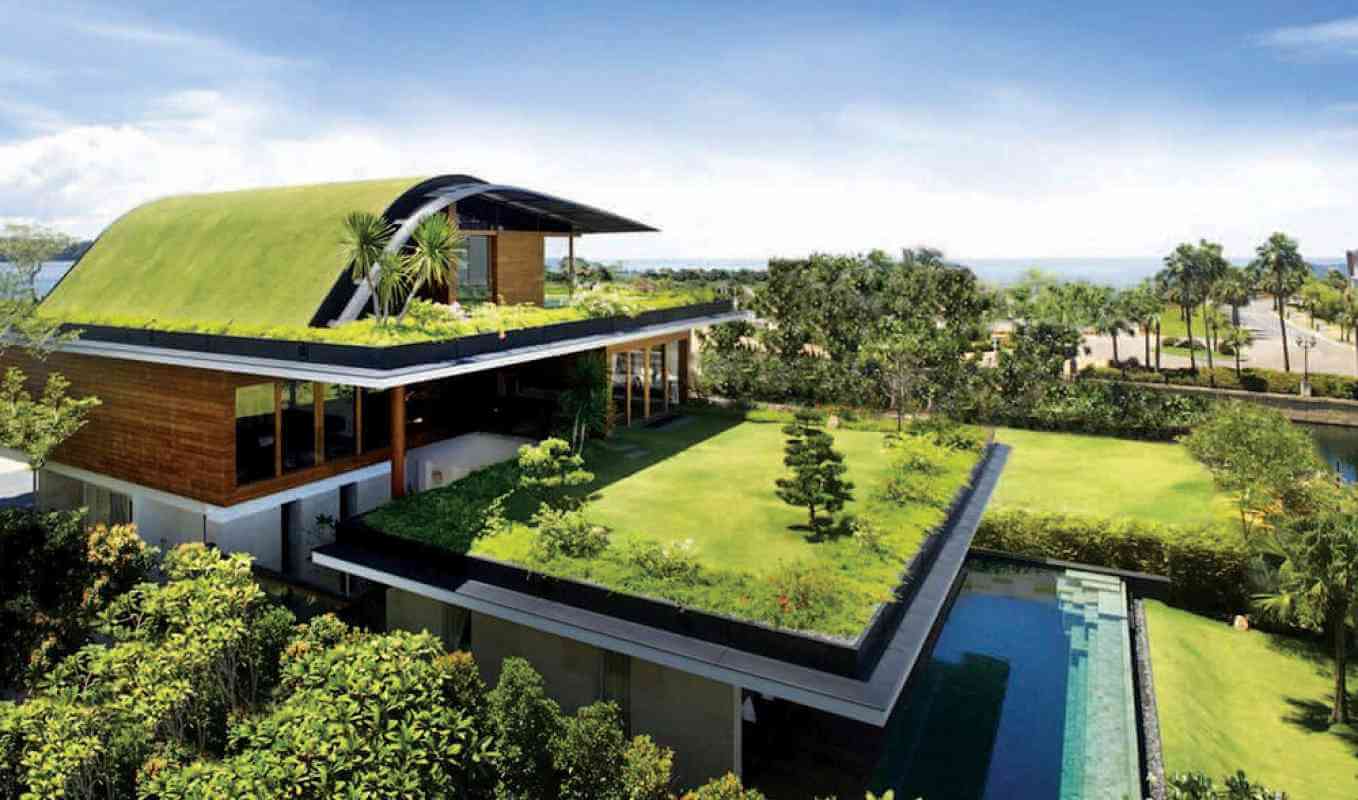Innovation is essential to maintain vitality, relevance, and efficiency. Since the first green slates were installed in Germany, the industry has advanced rapidly. The introduction of novel concepts, tools, and procedures is not unprecedented in this field.
This article takes you through a list of the top 5 innovations in sustainable building design. While some inventions have already reached mainstream acceptance, others are still in the pre-adoption stage.
Modular Green Roofs
These systems originated in North America and are versatile and adaptable, with various designs and features. Most of them are equipped with drainage systems and are made to withstand high winds by interlocking with one another, edging systems, and tiling membranes themselves.
Wind tunnel tests have shown that modular green slates can withstand winds of over 110 mph with minor damage. Many are constructed from recycled high-density polyethylene, and some are made to biodegrade over time. Several store rainwaters for later use, while others accommodate drip irrigation tubing.
Green Wall Systems
Plants can now be grown in various containers, each holding growing material and coupled to a wall frame in a modular green/living wall system. The first living walls were made of felt and used irrigation water to deliver nutrients to the plants. The felt held the plants, but the roots made replacement difficult; however, several modular technologies are available now, making maintenance easier.
Water and nutrients may be recycled in these indoor living walls, which also filter the air, add humidity, and can be moved about as needed. There are also several options for non-living, moss-based interior green wall systems for individuals who can't tolerate the notion of maintenance.
Blue-Green Roofs
These methods were developed in response to the engineering community's desire for more information about stormwater retention and storage advantages. To facilitate evapotranspiration, several of these systems make use of horizontal aquifers. Some are made to collect water higher than stopping, releasing it over dams near drains mechanically or electronically.
Sometimes it is built on top of a water-filled grid. The green top assembly is sometimes built over risers to form a gap, while in other scenarios, it is placed on top of the slates.
Food-Producing Roofs
Urban slate gardening is challenging, but successful business models and standard best practices exist. Many farms that focus on food production also host events, provide training, or give tours to diversify their revenue streams. Manufacturers have created slates of farm products, and much is known about growing media depth and composition, mixed cropping, distribution, and markets.
Increased concerns about food safety and quality are good news for the growing industry of elevation farms and vertical farms operating in climate-controlled buildings. Society has not yet come to terms with the grave threat posed to our food supply by climate change and biodiversity loss on a global scale. Perhaps the status quo needs to be shaken to motivate profound policy change.
Solar-Green Roof
Despite their many benefits, North America is slow to implement green slates with solar PV panels. Solar panels, and wind uplift leaks, can be prevented by using green slate runoff layers and a growing medium as a foundation. Green slates increase solar electricity generation by lowering the ambient air temperature.
Installing a green top prevents the need to remove solar panels and replace slates in five to 10 years. The shade produced by solar panels is ideal for plant growth. Producing healthier crops while simultaneously decreasing water consumption is the promise of growing food on green slates partially shaded by solar panels.
